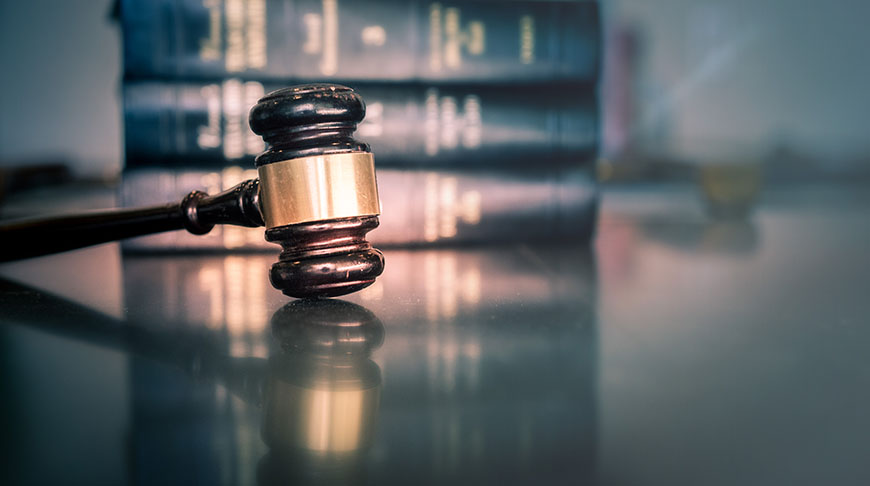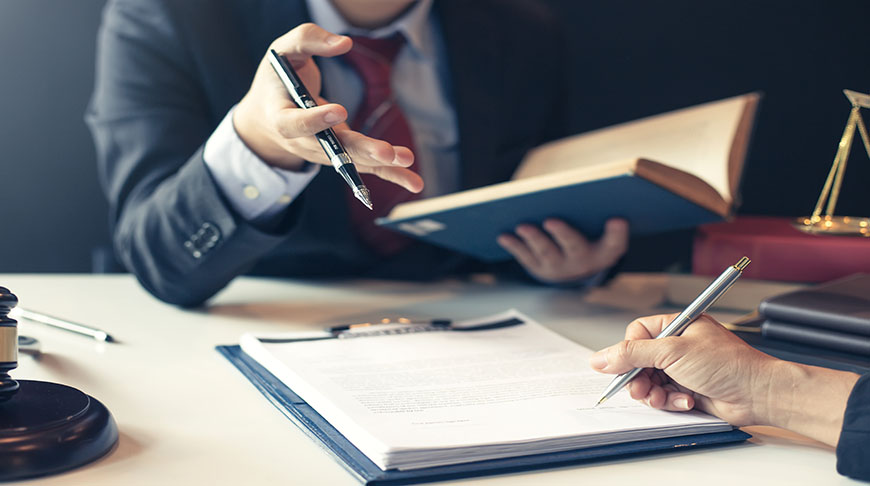Am I sunk? Where are all the safe harbors against the “on sale” bar?
- May 23, 2023
- Snippets
In part 1 of this series, I introduced the “on sale bar” and described how a commercial sale or offer for sale can negate patentability, according to the doctrine the Supreme Court established in Pfaff v. Wells Elecs., Inc.[1]
The second Pfaff requirement is that the invention must have been “ready for patenting” to trigger the “on sale” bar. An invention is “ready for patenting” if: (1) it has been “reduced to practice” (i.e., actually made or performed) or (2) there is evidence that it was sufficiently developed such that a person of ordinary skill in the art could practice it.[2][3] Hence, even an offer to sell an invention that has not yet been reduced to practice can negate patentability. For example, a “make shift” model shown to potential buyers in conjunction with an offer to sell was deemed sufficient to trigger the on-sale bar.[4]Notably, “ready for patenting” is not exactly the same as whether the sale or offer for sale would be enabling to a person of ordinary skill in the art.[5] This means that even if a technically sophisticated buyer (or prospective buyer) could not reproduce the invention simply based on what was sold (or offered for sale) to her, the sale/offer for sale could still negate patentability.

Now that we have fully laid out the Pfaff doctrine, it is clear that even a single sale of an invention or a single offer to sell an invention can be catastrophic to patentability.[6]
Understandably, many aspiring patentees may hope that some safe harbors exist against the “on sale” bar. Although some exceptions to avoid the “on sale” bar are available (as I will present in part 3 of this series), there are many circumstances that can still sink your ship despite potentially seeming harmless.
For instance, though it might come as a surprise, the “on sale” bar will apply even if the sale was secret.[7]As an example, even if the invention was sold to a person who was required (e.g., by contract) to keep the invention confidential, that sale could still negate patentability. Similarly, even if a sale or offer for sale was not authorized (or even was explicitly unauthorized) by the inventor, that sale/offer for sale may nonetheless bar an inventor from obtaining a patent. [8] For example, if an inventor gives a prototype of the invention to her friend to help test parts of the invention and then the friend sells the prototype to a third party, this can negate patentability. Likewise, it does not matter whether the sale/offer for sale occurs outside the United States with respect to triggering the “on sale” bar.[9] Finally, because an offer for sale is sufficient, even if a purchaser of the invention did not receive the invention (e.g., due to shipping issues), the “on sale” bar still applies.[10]For example, if an inventor agreed to ship the invention to a buyer in return for payment, but then the inventor forgot to send the shipment, the “on sale” bar would still apply. Even more profoundly, though, even if the seller was not in possession of the invention at the time the offer for sale was made, the right to a patent may still be lost.[11]
In the final installment of this series, in order to provide some hope despite the despair detailed above, I’ll outline ways inventors can attempt to avoid the “on sale” bar using exceptions.
[2] Pfaff v. Wells Electronics, Inc., 525 U.S. 55, 67 (1998); see also M.P.E.P. § 2133.03(c)(I)
[8] Electric Storage Battery Co. v. Shimadzu, 307 U.S. 5 (1938)


